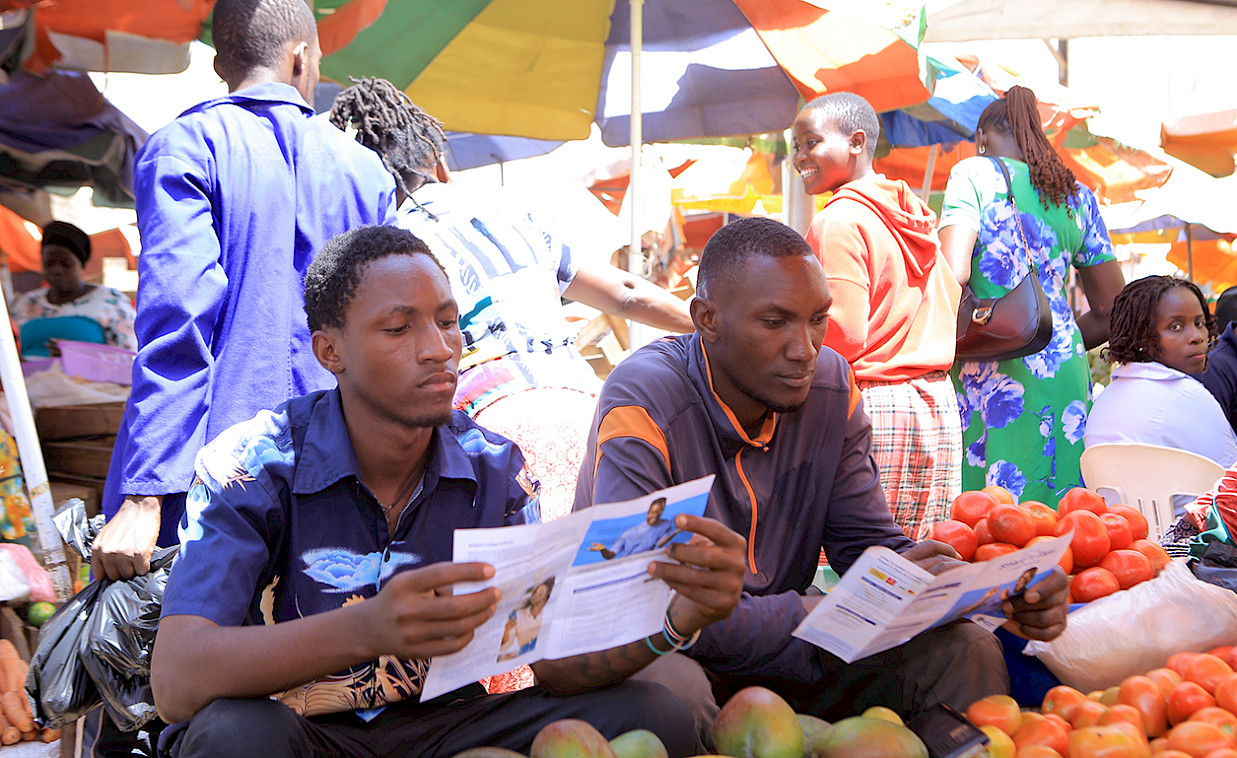Pooling Our Way to Prosperity: How Savings Can Power Uganda’s Transformation
Monday, May 12 2025 10:09 am
By Paul Busharizi, Financial Journalist Follow on LinkedIn
Uganda, now deep into its third National Development Plan (NDP III), must pay closer attention to this lesson if it is to transform from a low-income country into a modern, inclusive economy.
The NDP III, launched in 2020, seeks to raise household incomes, promote sustainable industrialisation, enhance value addition in agriculture, invest in human capital, and deepen the financial sector. These objectives are noble and necessary and require long-term financing anchored in domestic savings. And there is no better symbol of this possibility than the National Social Security Fund (NSSF).
Today, the NSSF manages over UGX 20 trillion in assets, pooled from the monthly savings of over a million Ugandans. These savings are not idle. They are deployed in government securities, equities, and real estate, supporting everything from infrastructure development to macroeconomic stability. In fact, with UGX 11 trillion invested in government paper, the NSSF is arguably the biggest domestic enabler of public investment and inflation control in the country. This stabilising effect is rarely applauded but is quietly foundational to economic growth.
But NSSF alone cannot bear the weight of Uganda’s transformation.
Pooled Savings fuel economic development
Other countries show us how the power of pooled savings can be expanded and directed to national priorities. In Canada, the Canada Pension Plan Investment Board (CPPIB) manages over $400 billion and actively invests in infrastructure, energy, and global equities. This long-term capital is used to build bridges, hospitals, and clean energy projects—precisely the kind of investments Uganda needs to meet the NDP’s infrastructure and industrialisation goals. NSSF’s own real estate projects at Lubowa and Temangalo, which will soon inject thousands of housing units into the market, are a small but promising example of what can be done.
India presents another model, albeit from the grassroots. There, self-help groups (SHGs), often made up of rural women, pool their tiny savings to create lending cooperatives that support small businesses and farming. Uganda’s SACCOs and Emyooga initiatives mirror this approach but lack the scale, structure, and integration into broader development plans. If better managed and supported, these community-level savings pools could inject much-needed capital into Uganda’s agro-industrial transformation.
Then there’s Ethiopia, which offered diaspora bonds to fund its Grand Renaissance Dam. Patriotic pride met financial innovation, resulting in a unique model for nation-building. Uganda’s diaspora—educated, patriotic, and relatively wealthy—remains an untapped resource. A structured Diaspora Investment Fund could mobilise billions for key national projects in housing, tourism, and renewable energy.
Kenya’s experience with mutual funds and money market instruments also offers valuable insights. With proper regulatory support, retail investors can pool savings into investment vehicles that offer attractive returns and support national development. This model is critical to deepening Uganda’s capital markets and widening financial inclusion, especially among the growing middle class and informal sector workers.

Making a case for Uganda
One cannot ignore the gold standard: Norway. Its sovereign wealth fund, built from oil revenues, now manages more than $1.5 trillion and supports the national budget. Uganda’s own Petroleum Fund, if safeguarded from political interference and invested prudently, could play a similar role, ensuring that oil wealth benefits not just this generation but those to come.
The lesson from all these examples is simple: aggregation is power. When people come together to save and invest, they do more than build personal wealth—they create the financial bedrock of national progress. NSSF has already shown that Ugandans can save. The next step is to expand this culture beyond the formal sector.
The 2022 amendment to the NSSF Act, which now allows for voluntary contributions from self-employed and informal workers, is a game-changer. If fully implemented and embraced, it could unlock an entirely new frontier of domestic capital.
But we must also be sober. Saving alone is not enough. The true test lies in how those savings are deployed. Poorly executed projects and misallocated capital will do little to improve livelihoods. Human development, as measured by the UN’s Human Development Index (HDI), depends on how effectively a country invests in health, education, and basic services. Of the high-saving African countries, only Mauritius and Singapore have translated savings into consistently high quality of life for their citizens. Execution matters.

Uganda’s savings-to-GDP ratio
Uganda’s savings-to-GDP ratio remains under 10 per cent, a far cry from the 25 per cent threshold that economists like NSSF CEO Patrick Ayota argue is necessary for sustained development. Countries like Cambodia, with 57 per cent, or Norway and Singapore, both above 40 per cent, have shown what disciplined savings and good governance can do. Even in Africa, countries like Algeria and Botswana, powered by natural resource revenues and effective sovereign funds, lead the continent in this metric.
So while the path ahead is long, the blueprint is clear. Domestic savings, when pooled and wisely invested, are not just a financial instrument—they are a nation-building tool. Uganda’s NDP III provides the vision. The NSSF and other emerging savings mechanisms provide the foundation. What remains is the political will, institutional discipline, and public trust to convert these pooled funds into lasting transformation.
Ugandans are already showing they can save. The question now is whether we can convert that discipline into national destiny. The real development dividend will not come from handouts or external loans, but from the collective sweat of our brows—mobilised, managed, and invested in a future we build for ourselves.







